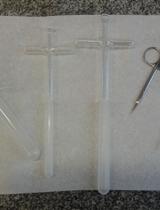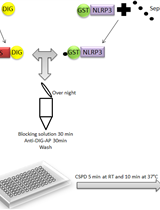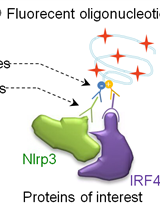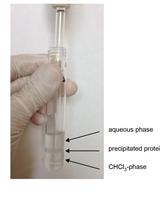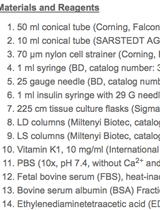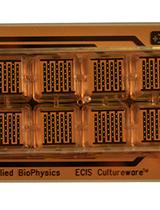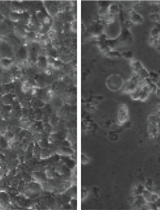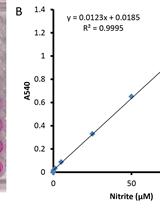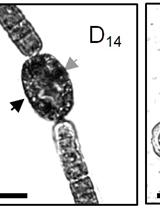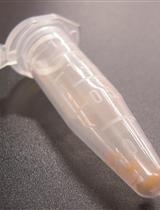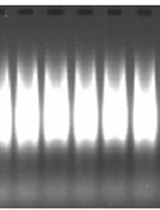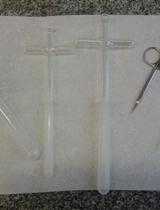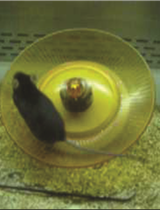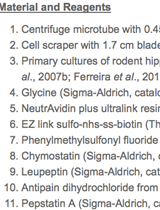- Protocols
- Articles and Issues
- About
- Become a Reviewer
Past Issue in 2016
Volume: 6, Issue: 10
Cell Biology
Isolating Liver Mitochondria by Differential Centrifugation
Liquid Luminescent DNA-precipitation Assay
Immunology
Proximity Ligation Assay (PLA) Protocol Using Duolink® for T Cells
Extraction and Quantification of Sphingosine 1-Phosphate (S1P)
Reconstitution of Lymphopaenic Mice with Regulatory and Conventional T cell Subsets
Study of Epithelium Barrier Functions by Real-time TER Measurement
Microbiology
Preparation of Respiratory Syncytial Virus with High or Low Content of Defective Viral Particles and Their Purification from Viral Stocks
Nitrite Reduction Assay for Whole Pseudomonas Cells
Respiratory Syncytial Virus Infection in Mice and Detection of Viral Genomes in the Lung Using RT-qPCR
Induction, Isolation and Counting of Akinetes in Aphanizomenon ovalisporum
Molecular Biology
Preparation of Knockdown Transformants of Unicellular Charophycean Alga, Closterium peracerosum-strigosum-littorale Complex
Affymetrix Genome-wide Human SNP Assay
Neuroscience
Isolating Brain Mitochondria by Differential Centrifugation
Running Reward Conditioned Place Preference Task
Biotinylation and Purification of Plasma Membrane-associated Proteins from Rodent Cultured Neurons


